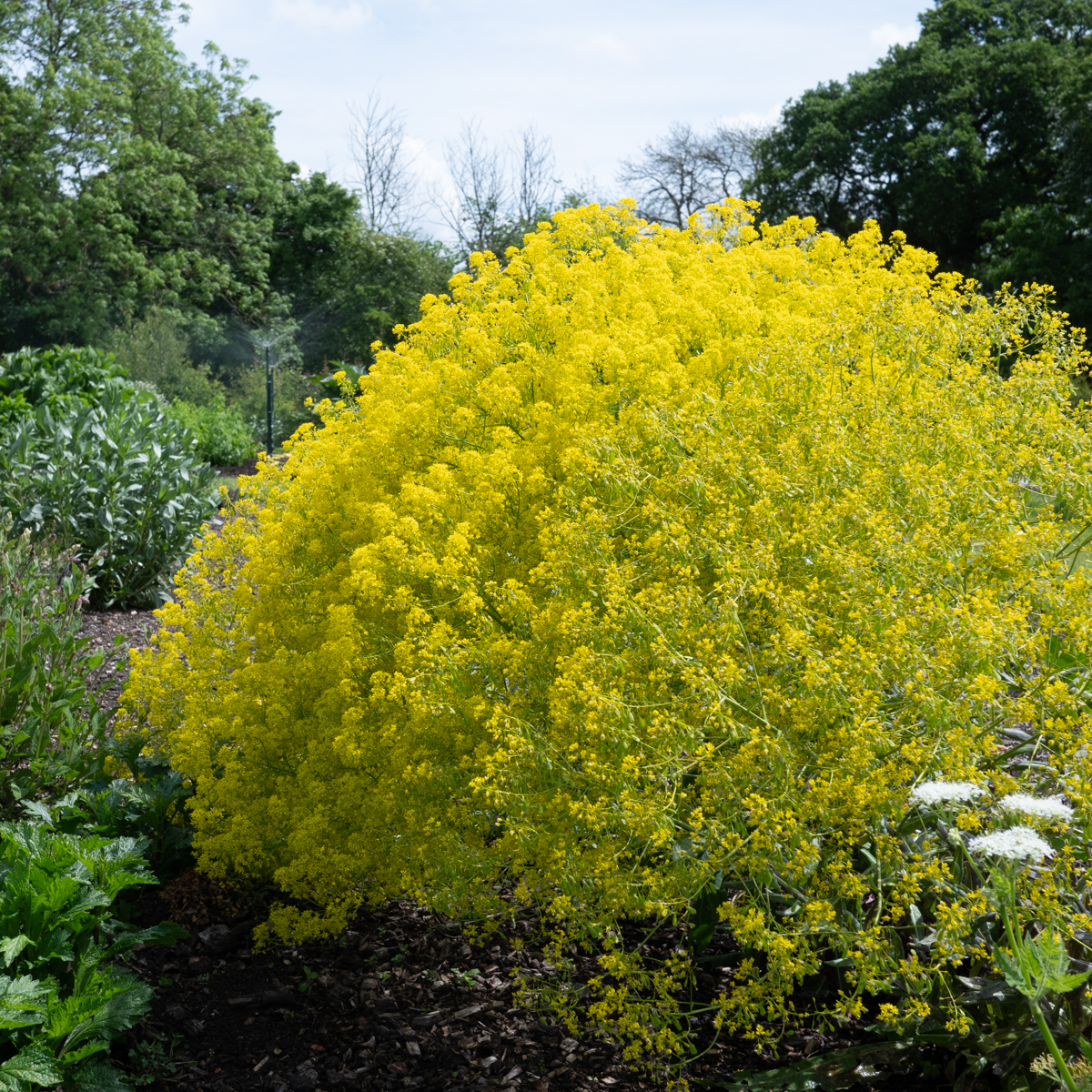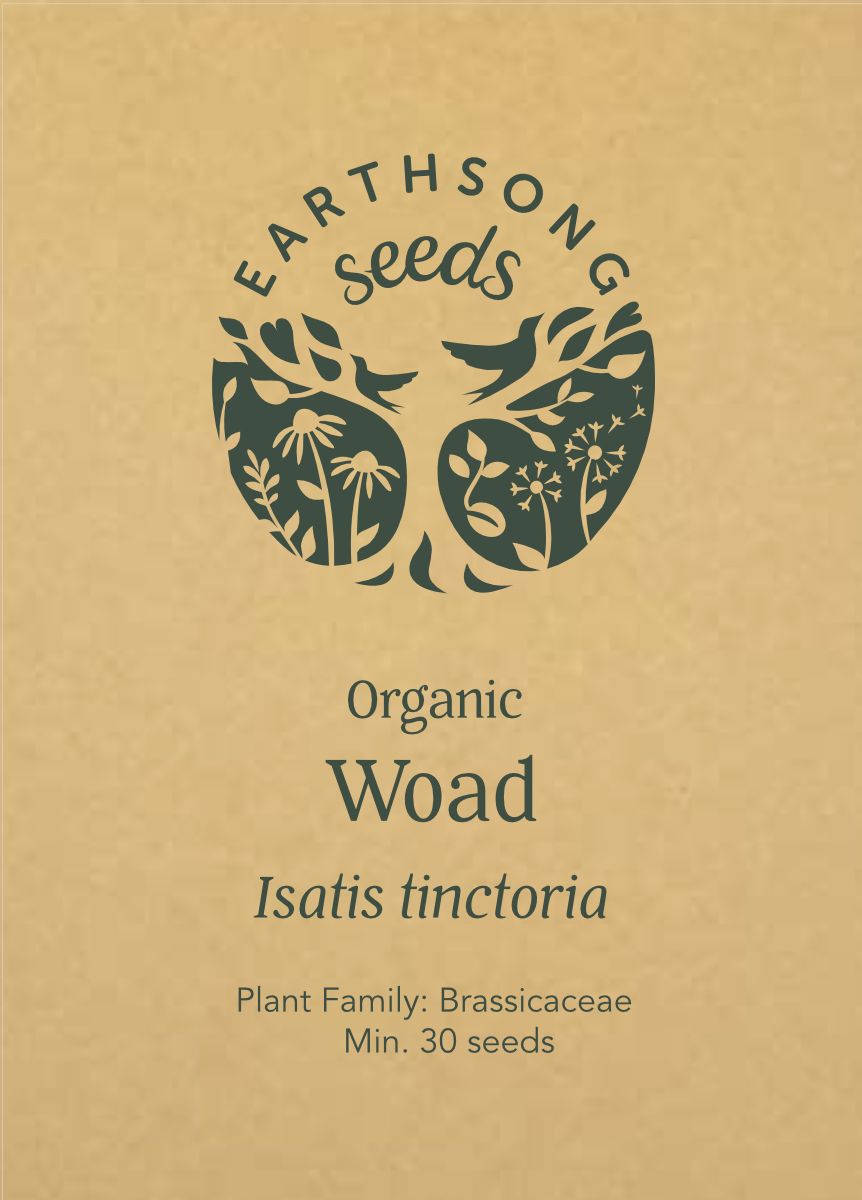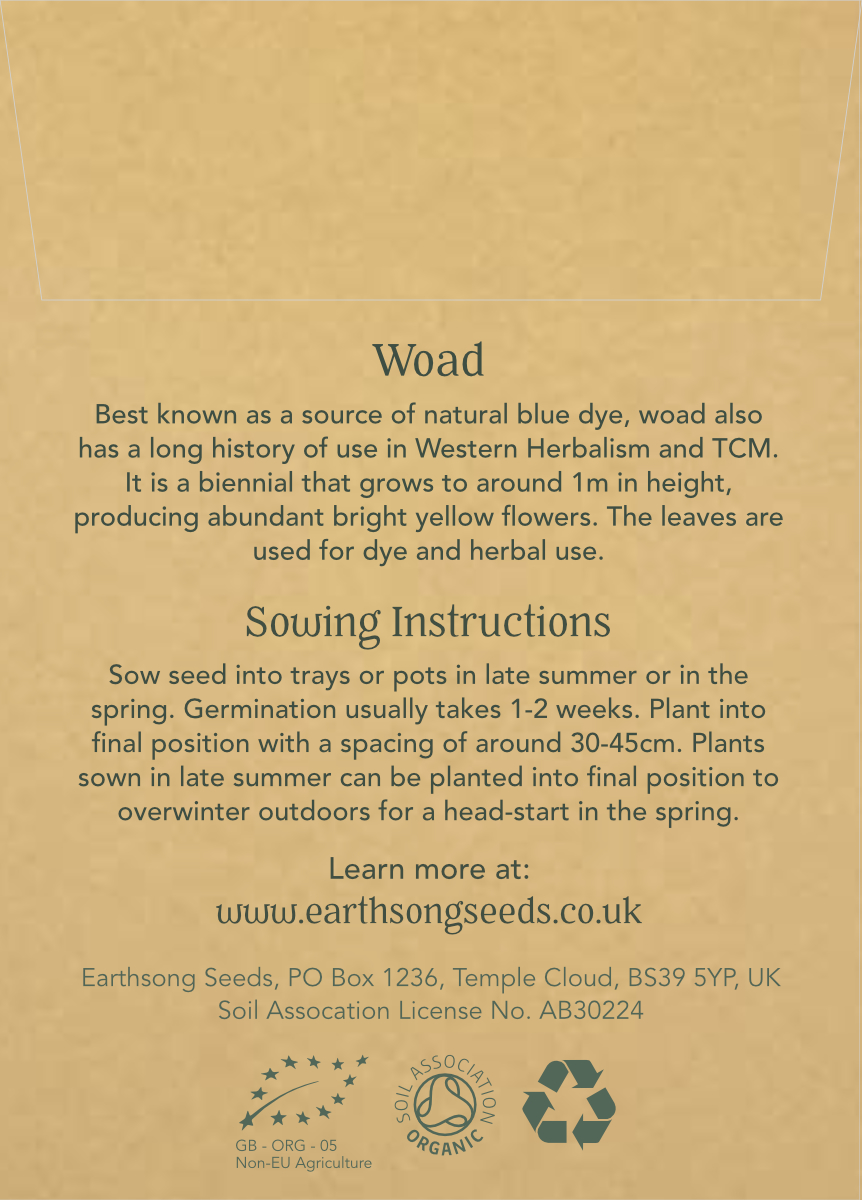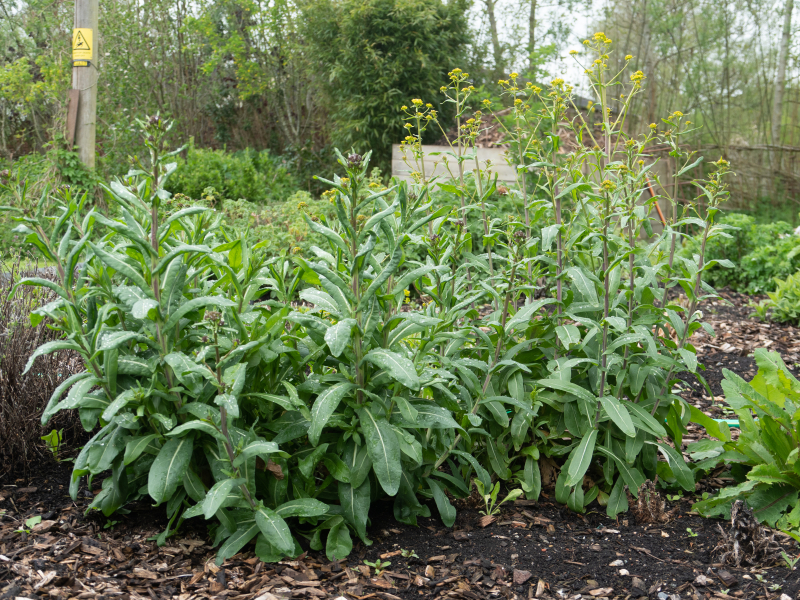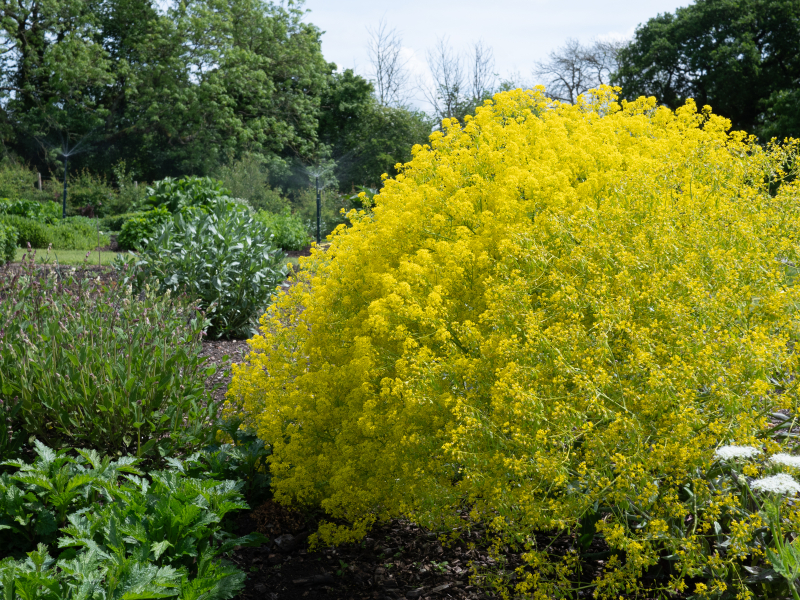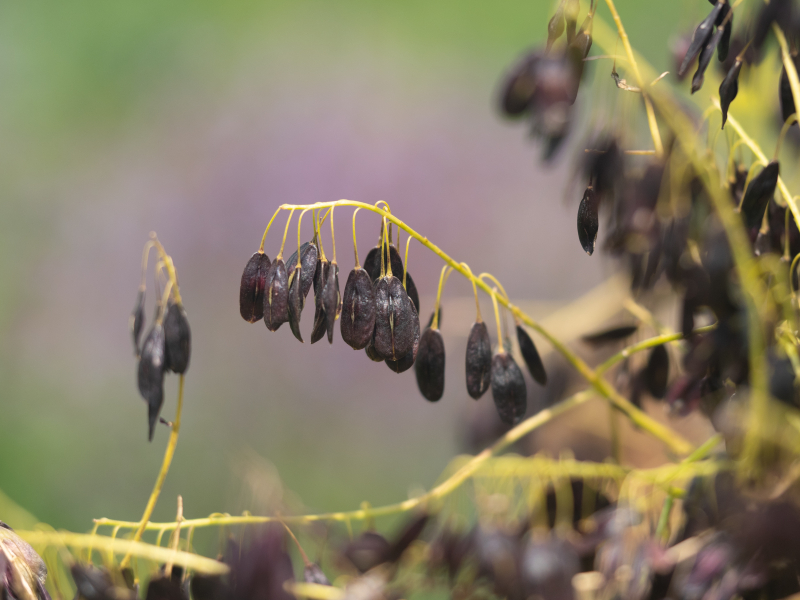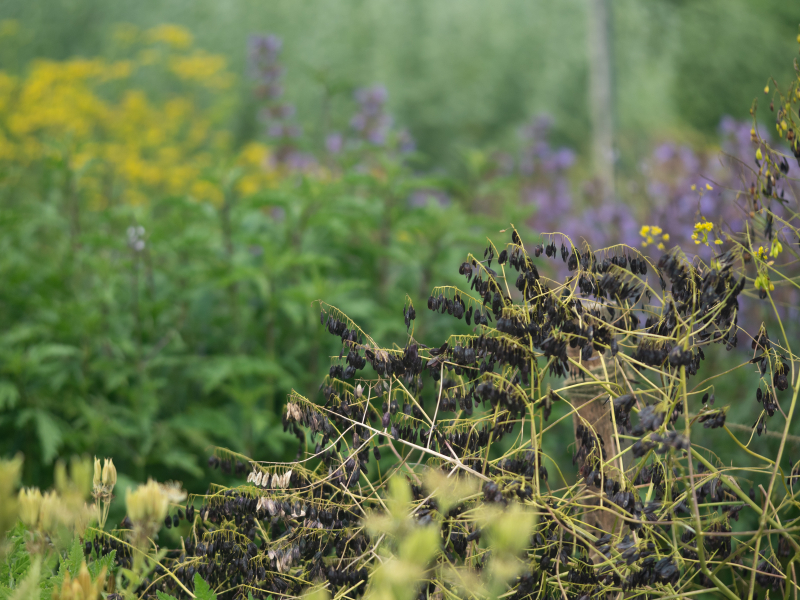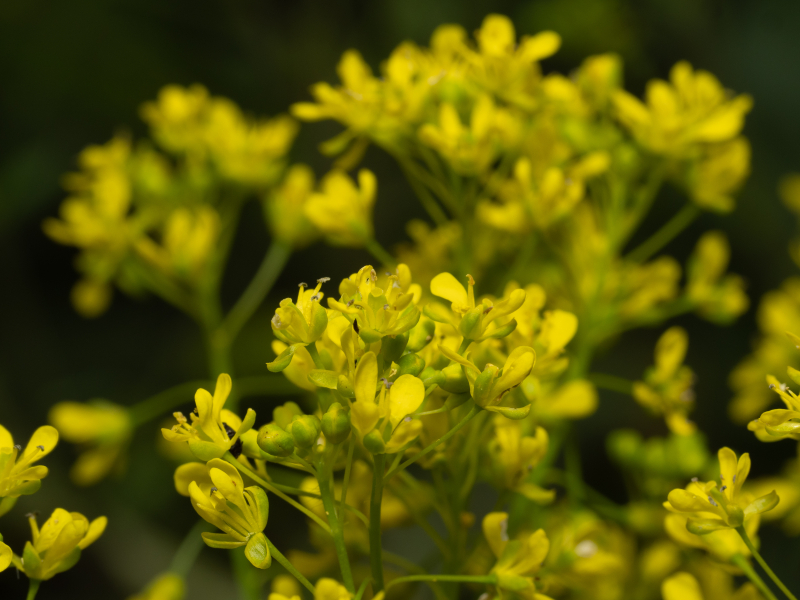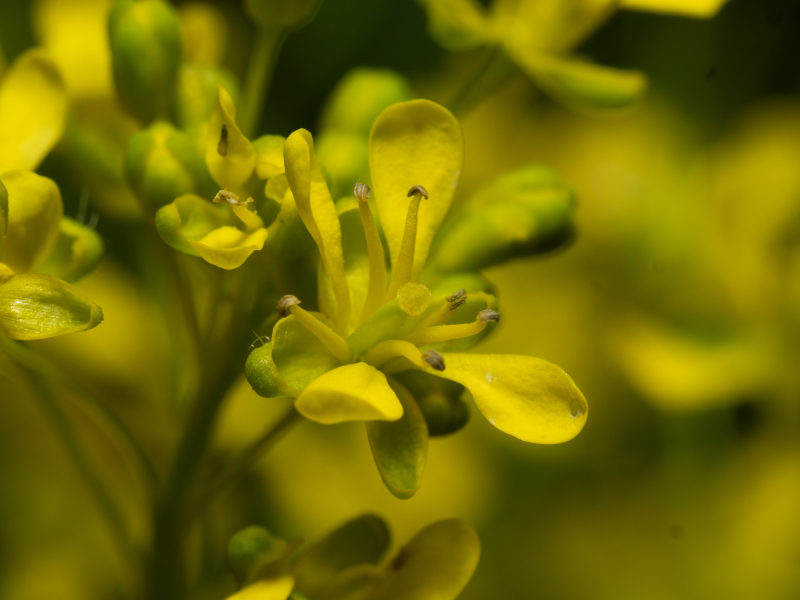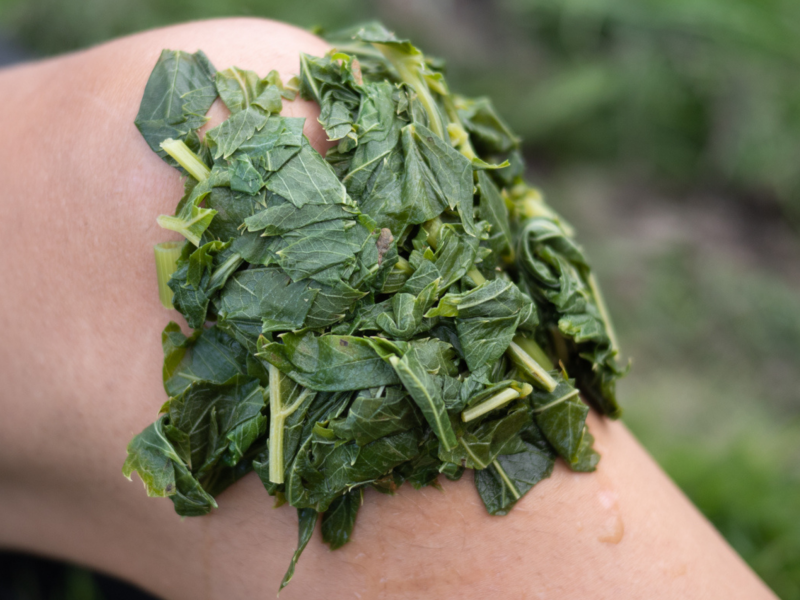Description
Woad is a plant that was well known to our ancestors in the UK. For many centuries it was the main source of highly prized blue dye, and was traditionally used as a herb for treating wounds and reducing fevers.
Historically, blue was the rarest and the most labour-intensive colour to create. There are various other plants, lichens and fungi in Europe that can produce a ‘bluish’ colour, but for many centuries Europeans relied primarily on woad for a pure blue. Its popularity began to wane with the introduction of the even more vibrant blue of the indigo plant from Asia in the 16th century, and ultimately the advent of synthetic blue dyes in the 19th century sealed its decline.
Woad also has a long history of use as a medicinal plant, both in Europe and in Traditional Chinese Medicine (TCM). There are conflicting opinions over whether the ‘European’ species, Isatis tinctoria is distinct from the Chinese species, Isatis indigotica. The current consensus, backed up by IPNI and WFO, is that I. indigotica is a synonym of I. tinctoria. From a herbal perspective they have very similar properties and are used interchangeably – see uses and benefits below for more details.
The plant itself is a biennial that grows to around 1m in height, producing abundant yellow flowers that are typical of the brassica family. It prefers well-drained soils and full sunshine.

